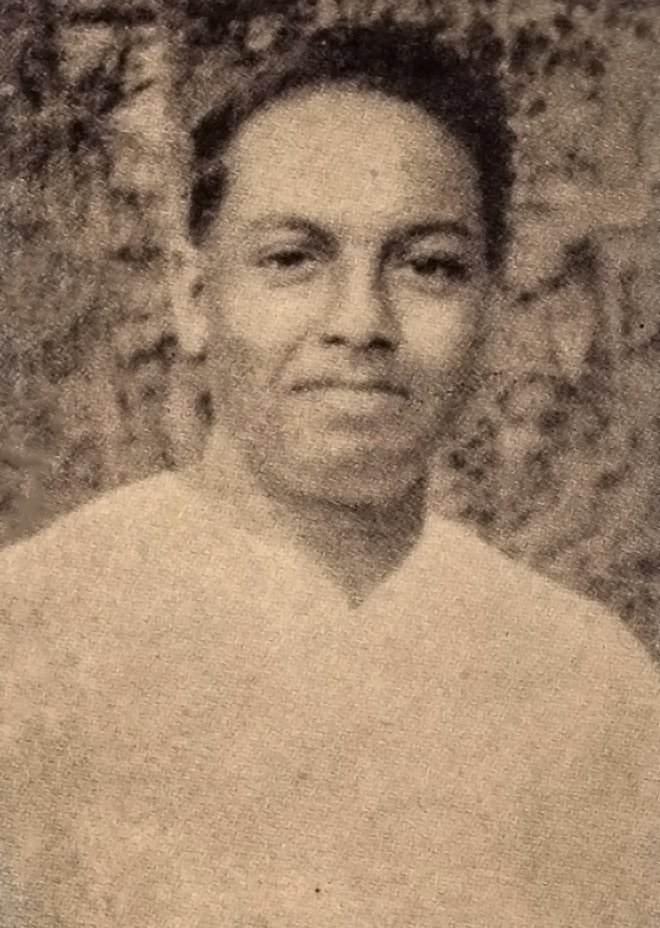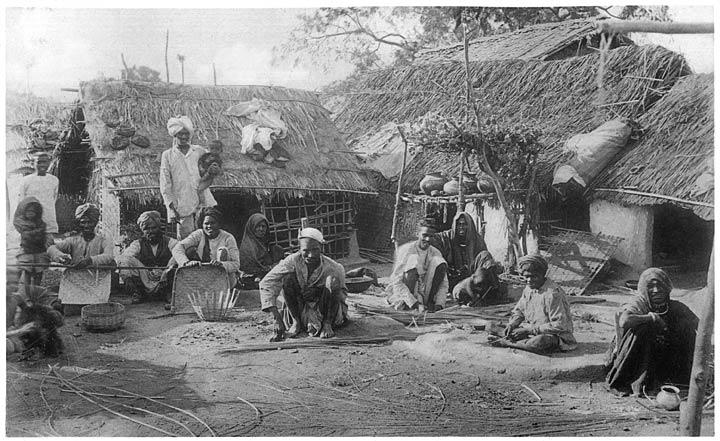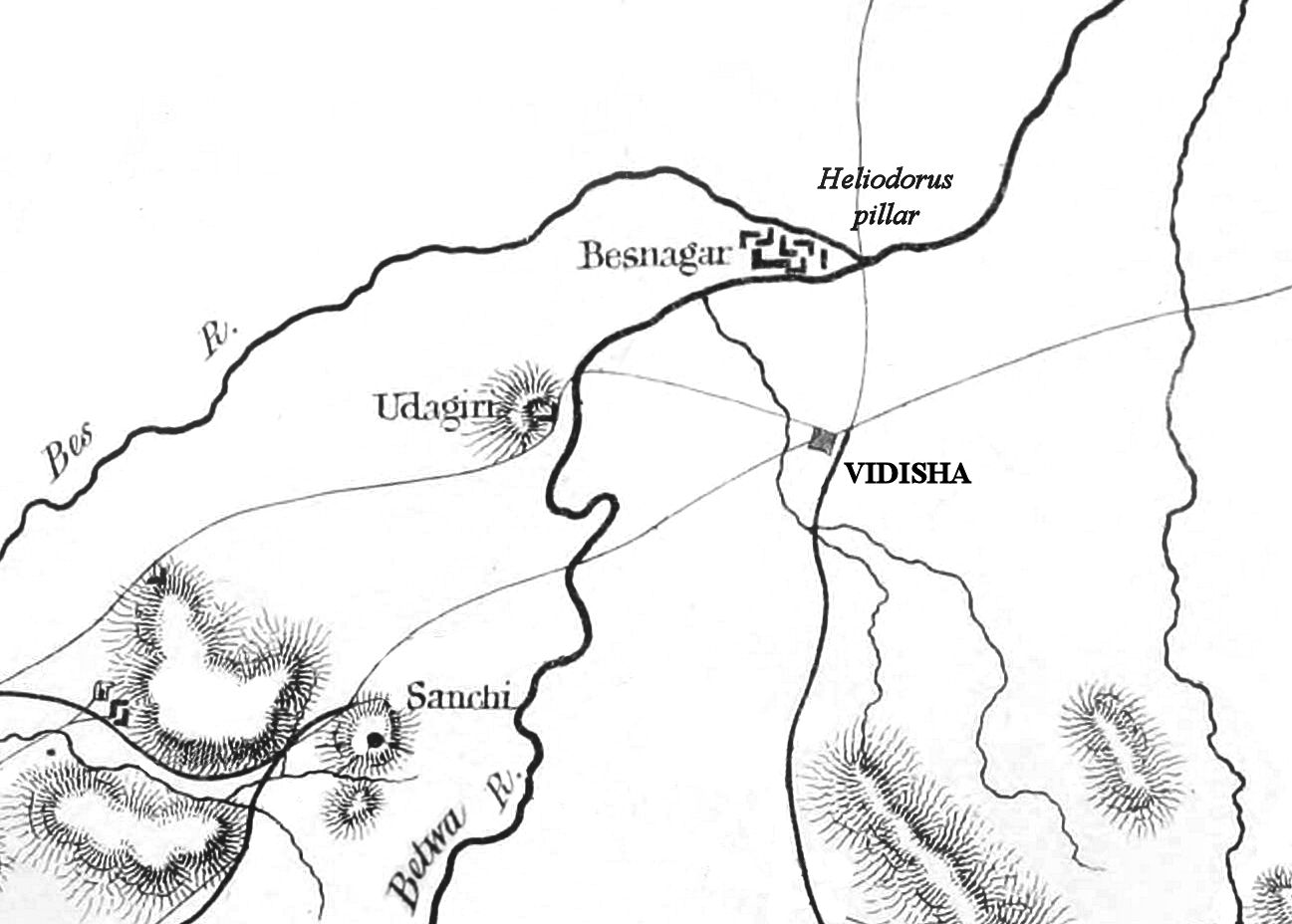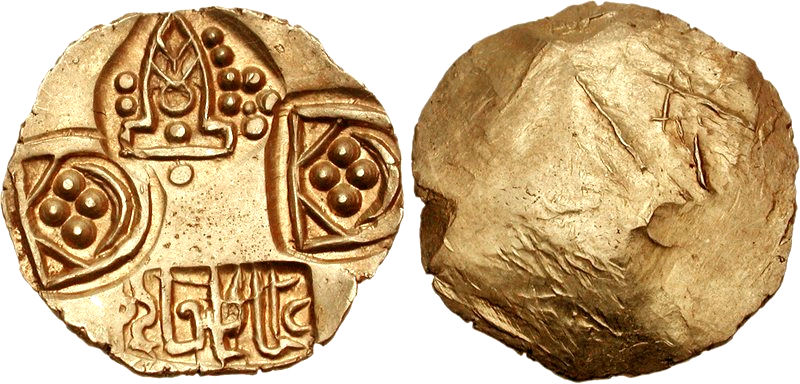|
Banalata Sen
Banalata Sen ( bn, বনলতা সেন) is a Bengali poem written in 1942 by the poet Jibanananda Das that is one of the most read, recited and discussed poems of Bengali literature. The title of this lyric poem is a female character referred to by name in the last line of each of its three stanzas. A draft of the poem was also discovered that widely differs from the final version. Poet Jibanananda Das was a quiet person, who preferred to live in obscurity. Until the discovery of his diaries in the mid-1990s, it was considered unlikely that he could have been in love with a woman, with or without the name of Banalata Sen. However, Banalata Sen of Natore, a tiny town in the Rajshahi area of what was then Bengal, has become an emblem of feminine mystery as well as beauty and love. Introductory notes "Banalata Sen" was composed by Jibanananda Das in 1934 when he was living in Calcutta, at a time in his life when he had lost his job of Assistant Lecturer at the City College, Kolk ... [...More Info...] [...Related Items...] OR: [Wikipedia] [Google] [Baidu] |
Jibanananda Das Old
Jibanananda Das () (17 February 1899 – 22 October 1954) was an Indian poet, writer, novelist and essayist in the Bengali language. Popularly called "Rupashi Banglar Kabi'' ('Poet of Beautiful Bengal'), Das is the most read poet after Rabindranath Tagore and Kazi Nazrul Islam in Bangladesh and West Bengal. While not particularly well recognised during his lifetime, today Das is acknowledged as one of the greatest poets in the Bengali language. Born in Barisal to a Vaidya-Brahmo Samaj, Brahmo family, Das studied English literature at Presidency College, Kolkata and earned his MA from Calcutta University. He had a troubling career and suffered financial hardship throughout his life. He taught at many colleges but was never granted tenure. He settled in Kolkata after the partition of India. Das died on 22 October 1954, eight days after being hit by a tramcar. The witnesses said that though the tramcar whistled, he did not stop, and got struck. Some deem the accident as an attempt ... [...More Info...] [...Related Items...] OR: [Wikipedia] [Google] [Baidu] |
Vidharbha
Vidarbha (Pronunciation: �id̪əɾbʱə is a geographical region in the east of the Indian state of Maharashtra and a proposed state of central India, comprising the state's Amravati and Nagpur divisions. Amravati Division's former name is Berar (Varhad in Marathi). It occupies 31.6% of the total area and holds 21.3% of the total population of Maharashtra. It borders the state of Madhya Pradesh to the north, Chhattisgarh to the east, Telangana to the south and Marathwada and North Maharashtra regions of Maharashtra to the west. Situated in central India. The largest city in Vidarbha is Nagpur followed by Amravati, Akola, and Chandrapur. A majority of Vidarbhians speak Varhadi and Zadi dialects of Marathi. The Nagpur region is known for growing oranges and cotton. Vidarbha holds two-thirds of Maharashtra's mineral resources and three-quarters of its forest resources, and is a net producer of power. Throughout its history, Vidarbha has remained much calmer than the rest of Ind ... [...More Info...] [...Related Items...] OR: [Wikipedia] [Google] [Baidu] |
Brahmo Samaj
Brahmo Samaj ( bn, ব্রহ্ম সমাজ, Brahmô Sômaj, ) is the societal component of Brahmoism, which began as a monotheistic reformist movement of the Hindu religion that appeared during the Bengal Renaissance. It was one of the most influential religious movements in India and made a significant contribution to the making of modern India. It was started at Calcutta on 20 August 1828 by Raja Ram Mohan Roy and Dwarkanath Tagore as reformation of the prevailing Brahmanism of the time (specifically Kulin practices) and began the Bengal Renaissance of the 19th century pioneering all religious, social and educational advance of the Hindu community in the 19th century. Its Trust Deed was made in 1830 formalising its inception and it was duly and publicly inaugurated in January 1830 by the consecration of the first house of prayer, now known as the Adi Brahmo Samaj. From the ''Brahmo Samaj'' springs Brahmoism, the most recent of legally recognised religions in ... [...More Info...] [...Related Items...] OR: [Wikipedia] [Google] [Baidu] |
Caste
Caste is a form of social stratification characterised by endogamy, hereditary transmission of a style of life which often includes an occupation, ritual status in a hierarchy, and customary social interaction and exclusion based on cultural notions of purity and pollution. * Quote: "caste ort., casta=basket ranked groups based on heredity within rigid systems of social stratification, especially those that constitute Hindu India. Some scholars, in fact, deny that true caste systems are found outside India. The caste is a closed group whose members are severely restricted in their choice of occupation and degree of social participation. Marriage outside the caste is prohibited. Social status is determined by the caste of one's birth and may only rarely be transcended." * Quote: "caste, any of the ranked, hereditary, endogamous social groups, often linked with occupation, that together constitute traditional societies in South Asia, particularly among Hindus in India. Although ... [...More Info...] [...Related Items...] OR: [Wikipedia] [Google] [Baidu] |
Vaidya
Vaidya ( Sanskrit: ), or vaid is a Sanskrit word meaning "traditional practitioner of Ayurveda", an indigenous Indian system of alternative medicine. Senior practitioners or teachers were called ''Vaidyarāja'' ("physician-king") as a mark of respect. Some practitioners who had complete knowledge of the texts and were excellent at their practices were known as ''Pranaacharya''. Some royal families in India had a personal ''vaidya'' in attendance and these people were referred to as '' Rāja Vaidya'' ("the king's physician"). In Maharashtra, like many other last names, the last name "Vaidya" is linked to the profession that the family followed. Vaidya as a surname As a last name in Maharashtra, Vaidya is usually found in several communities like the Chandraseniya Kayastha Prabhu Chitpawan as well as Sonar(goldsmith, an educationally backward caste). Notables * Lakshman Jagannath Vaidya * Narayan Jagannath Vaidya * Chintaman Vinayak Vaidya * Bhai Vaidya * Arun Shridhar Vaidya * ... [...More Info...] [...Related Items...] OR: [Wikipedia] [Google] [Baidu] |
Bhadralok
Bhadralok (, literally 'gentleman', or 'well-mannered person') is Bengali for the new class of 'gentlefolk' who arose during British rule in India in the Bengal region in the eastern part of the Indian subcontinent. Caste and class makeup According to Sekhar Bandyopadhyay, the ''Bhadraloks'' primarily, though not exclusively, belonged to "the three traditional upper castes of Bengal", Brahmin, Baidya and Kayastha. Wealth, English education, and high status in terms of administrative service were the factors which led to the rise of this 'new aristocracy' and since a large number of the three upper castes had administrative skills and economic advantages, they formed the majority of Bhadralok in 19th century Bengal, but the ''Bhadralok'' "was never a closed status group", rather in practice it was an open social group. Majority of the Brahmins and Kayasthas being poor and illiterate were not regarded as ''Bhadralok''. By late 19th century many of middle ranking peasant and trading c ... [...More Info...] [...Related Items...] OR: [Wikipedia] [Google] [Baidu] |
Vidisha
Vidisha (विदिशा, formerly known as Bhelsa and known as Besnagar in ancient times) is a city in central Madhya Pradesh, India. It is located 62.5 km northeast of the state capital, Bhopal. The name "Vidisha" is derived from the nearby river "Bais", mentioned in the Puranas. The district was created as Bhilsa District in 1904 by joining the tehsils of Vidisha (also known as Bhilsa) and Basoda (but not Basoda State) which were then part of Gwalior state. After India's independence in 1947, the former princely state of Gwalior became part of Madhya Bharat state, which was formed in 1948. Vidishā was the administrative headquarters of Bhelsa, or Bhilsa, during the Medieval period. It was renamed Vidisha in 1956. Vidisha is also amongst the 112 Aspirational District in the Aspirational District Programme launched by NITI Aayog in 2018. Demographics As of the 2011 Census of India, Vidisha had a population of 155,959. Males constitute 53.21% of the population an ... [...More Info...] [...Related Items...] OR: [Wikipedia] [Google] [Baidu] |
Vidarbha
Vidarbha (Pronunciation: Help:IPA/Marathi, [ʋid̪əɾbʱə]) is a geographical region in the east of the Indian state of Maharashtra and a Proposed states and union territories of India#Maharashtra, proposed state of central India, comprising the state's Amravati Division, Amravati and Nagpur Division, Nagpur divisions. Amravati Division's former name is Berar Province, Berar (Varhad in Marathi language, Marathi). It occupies 31.6% of the total area and holds 21.3% of the total population of Maharashtra. It borders the state of Madhya Pradesh to the north, Chhattisgarh to the east, Telangana to the south and Marathwada and North Maharashtra regions of Maharashtra to the west. Situated in central India. The largest city in Vidarbha is Nagpur followed by Amravati, Akola, and Chandrapur. A majority of Vidarbhians speak Varhadi and Zadi dialects of Marathi. The Nagpur region is known for growing Orange (fruit), oranges and cotton. Vidarbha holds two-thirds of Maharashtra's mineral re ... [...More Info...] [...Related Items...] OR: [Wikipedia] [Google] [Baidu] |
History Of India
According to consensus in modern genetics, anatomically modern humans first arrived on the Indian subcontinent from Africa between 73,000 and 55,000 years ago. Quote: "Y-Chromosome and Mt-DNA data support the colonization of South Asia by modern humans originating in Africa. ... Coalescence dates for most non-European populations average to between 73–55 ka." However, the earliest known human remains in South Asia date to 30,000 years ago. Settled life, which involves the transition from foraging to farming and pastoralism, began in South Asia around 7000 BCE. At the site of Mehrgarh presence can be documented of the domestication of wheat and barley, rapidly followed by that of goats, sheep, and cattle. By 4500 BCE, settled life had spread more widely, and began to gradually evolve into the Indus Valley civilisation, an early civilisation of the Old World, which was contemporaneous with Ancient Egypt and Mesopotamia. This civilisation flourished between 2500 BCE and 1 ... [...More Info...] [...Related Items...] OR: [Wikipedia] [Google] [Baidu] |
Malay Peninsula
The Malay Peninsula ( Malay: ''Semenanjung Tanah Melayu'') is a peninsula in Mainland Southeast Asia. The landmass runs approximately north–south, and at its terminus, it is the southernmost point of the Asian continental mainland. The area contains Peninsular Malaysia, Southern Thailand, and the southernmost tip of Myanmar (Kawthaung). The island country of Singapore also has historical and cultural ties with the region. The indigenous people of the peninsula are the Malays, an Austronesian people. The Titiwangsa Mountains are part of the Tenasserim Hills system and form the backbone of the peninsula and the southernmost section of the central cordillera, which runs from Tibet through the Kra Isthmus, the peninsula's narrowest point, into the Malay Peninsula. The Strait of Malacca separates the Malay Peninsula from the Indonesian island of Sumatra, and the south coast is separated from the island of Singapore by the Straits of Johor. Etymology The Malay term ... [...More Info...] [...Related Items...] OR: [Wikipedia] [Google] [Baidu] |
Ocean
The ocean (also the sea or the world ocean) is the body of salt water that covers approximately 70.8% of the surface of Earth and contains 97% of Earth's water. An ocean can also refer to any of the large bodies of water into which the world ocean is conventionally divided."Ocean." ''Merriam-Webster.com Dictionary'', Merriam-Webster, [...More Info...] [...Related Items...] OR: [Wikipedia] [Google] [Baidu] |

_2.jpg)




.png)